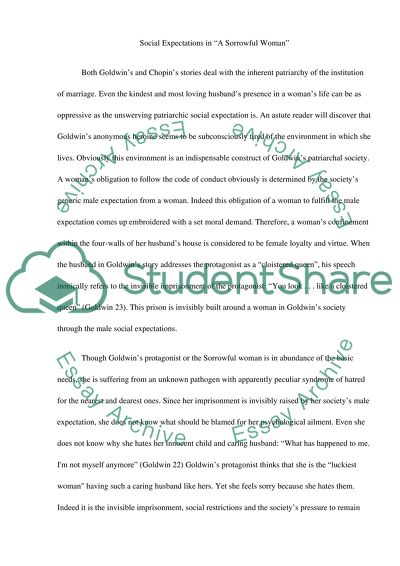Cite this document
(“A Critical Analysis of Social Expectation in The Story of an Hour and Essay”, n.d.)
Retrieved from https://studentshare.org/literature/1444571-social-expectations-in-story-of-an-hour-and
Retrieved from https://studentshare.org/literature/1444571-social-expectations-in-story-of-an-hour-and
(A Critical Analysis of Social Expectation in The Story of an Hour and Essay)
https://studentshare.org/literature/1444571-social-expectations-in-story-of-an-hour-and.
https://studentshare.org/literature/1444571-social-expectations-in-story-of-an-hour-and.
“A Critical Analysis of Social Expectation in The Story of an Hour and Essay”, n.d. https://studentshare.org/literature/1444571-social-expectations-in-story-of-an-hour-and.


